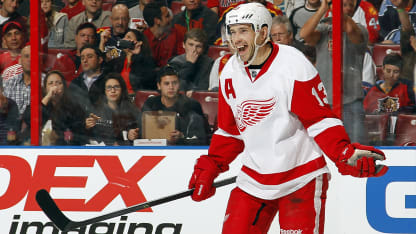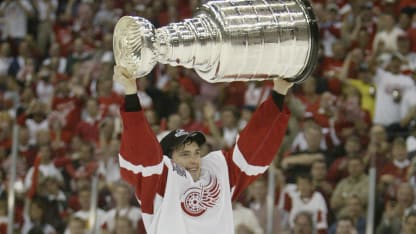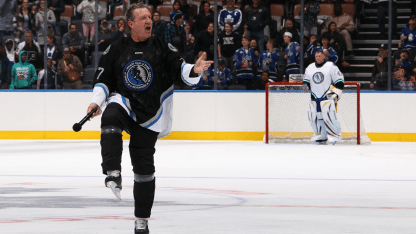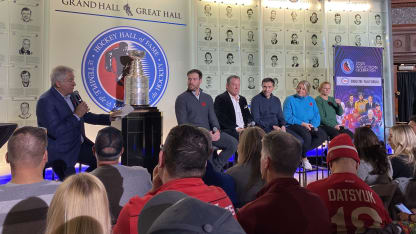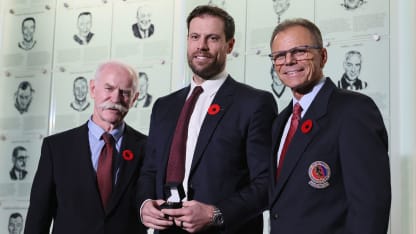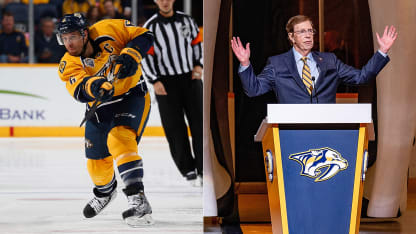The 2024 Hockey Hall of Fame induction is Monday. This class includes Pavel Datsyuk, Shea Weber, Jeremy Roenick, Natalie Darwitz, Krissy Wendell-Pohl, Colin Campbell and David Poile. Here, NHL.com columnist Nicholas J. Cotsonika profiles Datsyuk:
Pavel Datsyuk had passed through the NHL Draft twice before the Detroit Red Wings discovered him.
In 1997-98, scout Hakan Andersson trekked to Yekaterinburg, Russia, 1,110 miles east of Moscow, to see Dmitri Kalinin, a defenseman the Buffalo Sabres would select with the No. 18 pick in the 1998 NHL Draft.
A forward on the other team stood on the right flank on the power play when the point man misplayed the puck. The forward backchecked hard to break up a 2-on-1, diving at the perfect moment, getting his stick on the puck and deflecting it into the corner.
“I just remember thinking that he’s a small player, he works pretty hard and he seems to have some ability,” said Andersson, now the Red Wings director of European scouting. “In the game, you noticed that he had some hands and some sense. Not nearly the stuff that he ended up doing later in the NHL, but you could tell there was something there, so obviously wrote reports on Kalinin, and then I had some notes on this guy too.”
That guy will enter the Hockey Hall of Fame in Toronto on Monday with Colin Campbell, Natalie Darwitz, David Poile, Jeremy Roenick, Shea Weber and Krissy Wendell-Pohl.
Selected in the sixth round (No. 171) of the 1998 draft, Datsyuk won the Stanley Cup twice (2002 and 2008), the Selke Trophy three times as the NHL’s best defensive forward (2008-10) and the Lady Byng Trophy four times for sportsmanship, gentlemanly conduct and playing ability (2006-09) with the Red Wings from 2001-16. Detroit never missed the Stanley Cup Playoffs in his 14 seasons.
